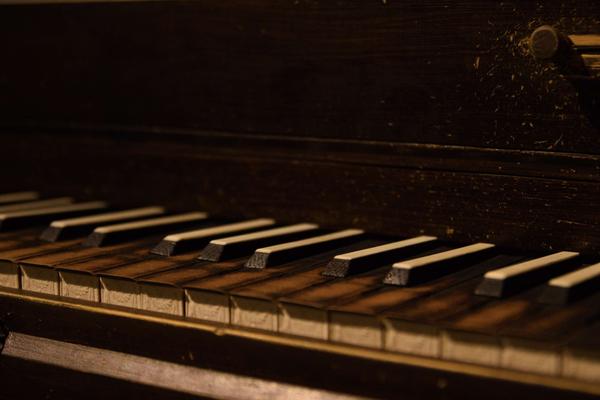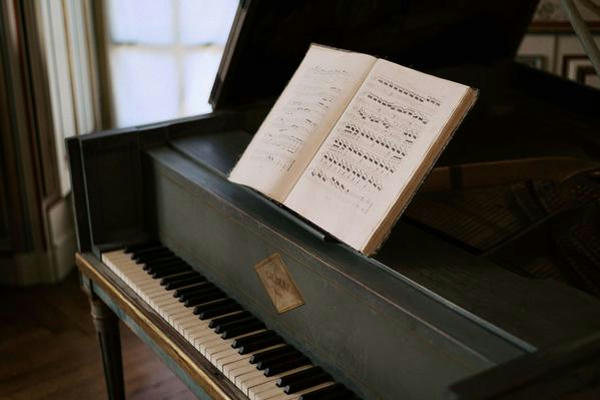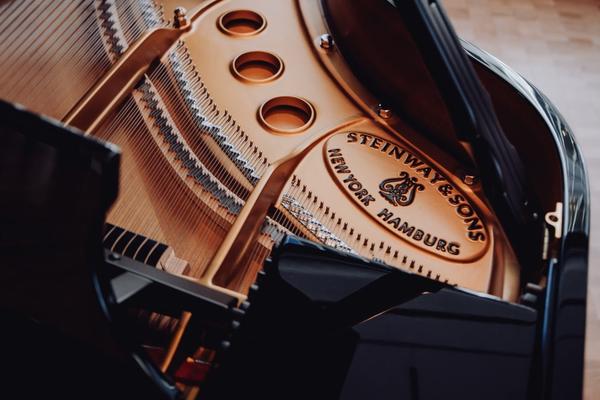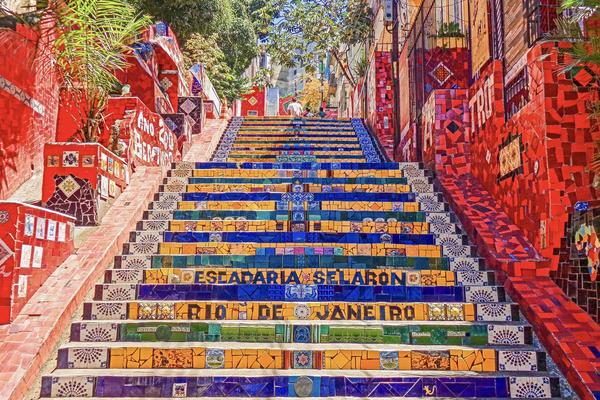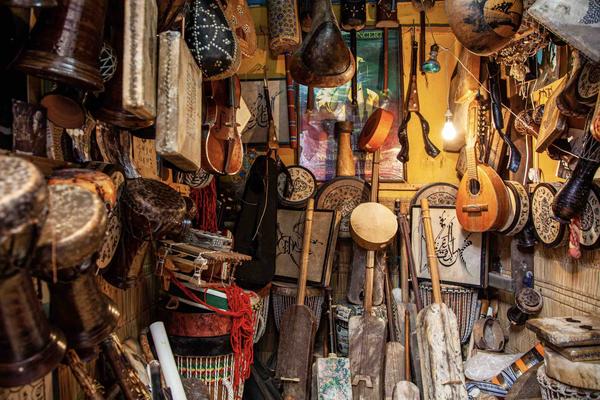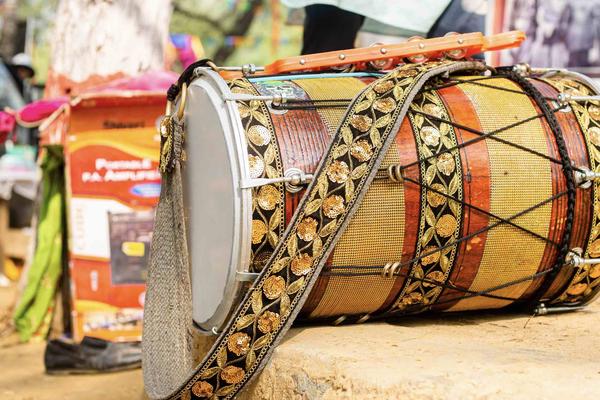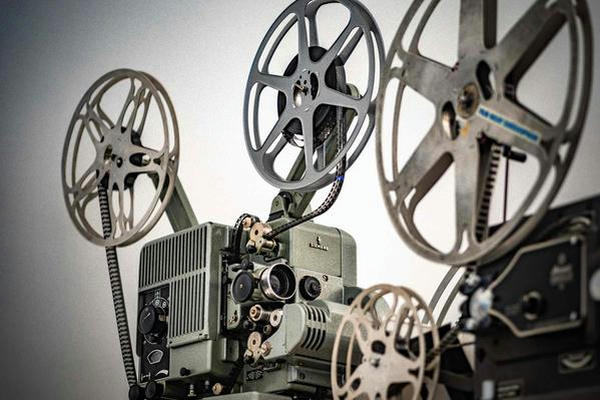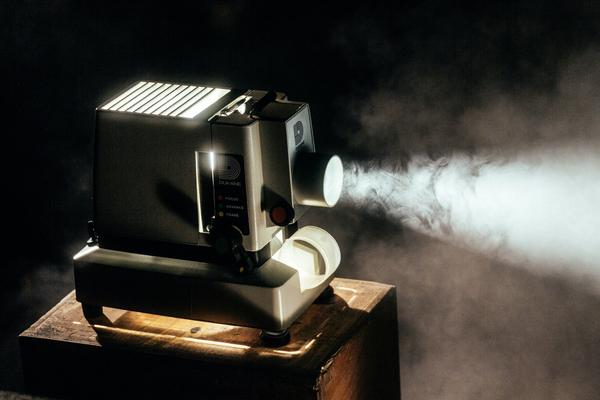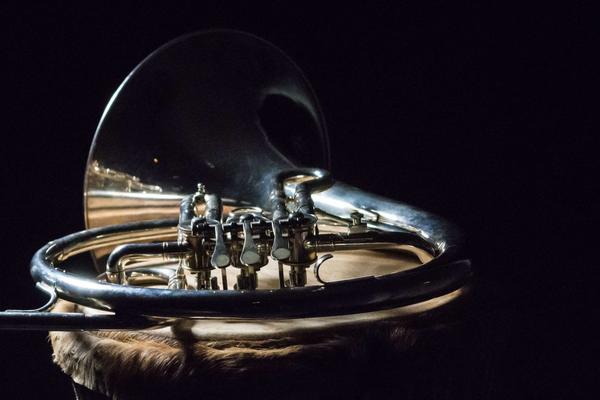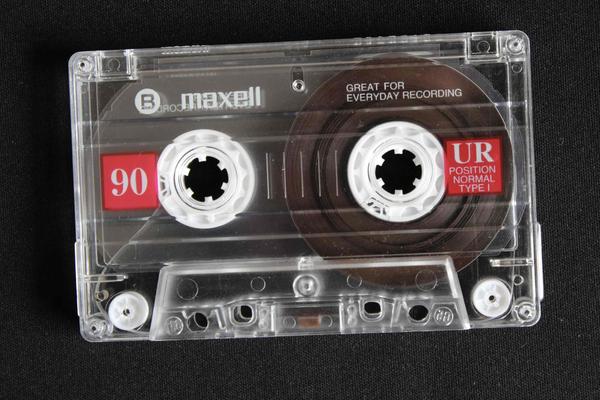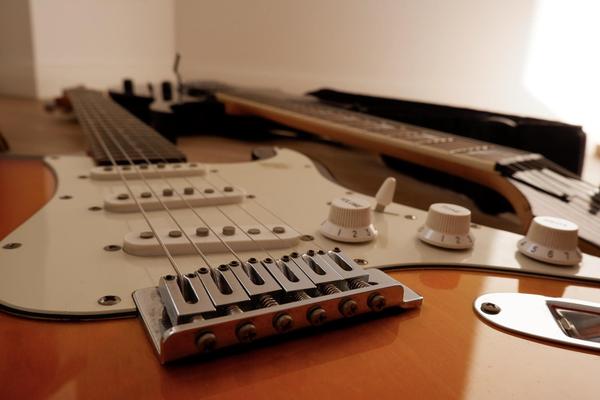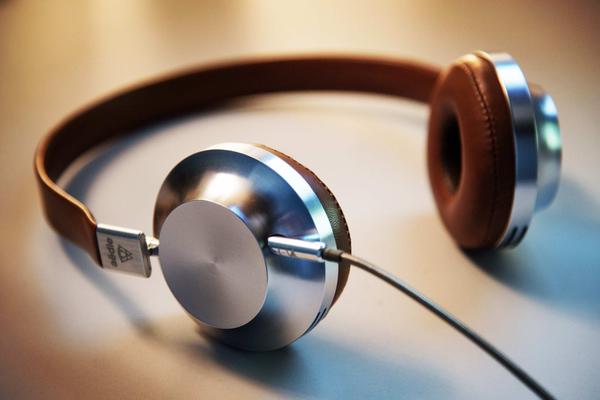GCSE Music OCR Teaching Resources
Specialist teaching resource for GCSE
OCR Areas of Study
Teaching materials covering key aspects of the solo concerto, concerto grosso, the Baroque orchestra, individual period instruments, characteristics of concerti in relation to period, role of the continuo, characteristics of movements, modulation, texture, harmonic language, ornamentation and compositional devices. This resource includes thumbprints of style, aural training, practice questions, extended writing training, exam style questions, moderation exercises, and single line scores for dictation practice. Rehearsing and performing tasks enable students to get hands-on experience of handling canon and imitation in context. An additional wider listening playlist provides starting points for further questions to broaden and deepen students' understanding of period and genre.
Specialist teaching resource for GCSE
OCR Areas of Study
Teaching materials covering key aspects of the concerto and orchestra of the Classical period. Features of the three movement form, the evolution of sonata form from rounded binary form, role of the cadenza, modulation, texture, harmonic language, ornamentation and compositional devices explored in context. This resource includes thumbprints of style, aural training, practice questions, extended writing training, exam style questions, moderation exercises, and single line scores for dictation practice. Rehearsing and performing tasks enable students to get hands-on experience connecting melody and harmony of the period. An additional wider listening playlist provides starting points for further questions to broaden and deepen students' understanding of period and genre.
Specialist teaching resource for GCSE
OCR Areas of Study
Teaching materials covering key aspects of the concerto and orchestra of the Romantic period. Features of the increasing fluidity of form and key relationships, role of the cadenza, texture, harmonic language and compositional explored in context. This resource includes thumbprints of style, aural training, practice questions, extended writing training, exam style questions, moderation exercises, and single line scores for dictation practice. Rehearsing and performing tasks enable students to get hands-on experience connecting melody and harmony of the period. An additional wider listening playlist provides starting points for further questions to broaden and deepen students' understanding of period and genre.
Specialist teaching resource for GCSE
OCR Areas of Study
Teaching materials covering key aspects of Son, Samba, Calypso, Ska, Reggae and music for Steelpan. Thumbprints of each style explored in relation to the elements, alongside aural training, practice questions, extended writing training, exam style questions, moderation exercises, and single line scores for dictation practice. A six-part ensemble task provides students with hands-on experience of the interlocking rhythic intricacies of Cuban Son, accompanied by a step by step guide to writing compositions inspired by both Son and Samba. An additional wider listening playlist provides starting points for further questions to broaden and deepen students' understanding of style and genre.
Specialist teaching resource for GCSE
OCR Areas of Study
Teaching materials covering key aspects of Greek, Palestinian and Israeli Folk Musics. Thumbprints of each style explored in relation to the elements, alongside aural training, practice questions, extended writing training, exam style questions and moderation exercises. Ensemble rehearsing and performing tasks provide students with hands-on experience of additive rhythms and Arabic rhythmic cycles. An additional wider listening playlist provides starting points for further questions to broaden and deepen students' understanding of style and genre.
Specialist teaching resource for GCSE
OCR Areas of Study
Teaching materials covering key aspects of the traditions of Hindustani Classical Music, and Punjabi and British Bhangra. Hindustani Classical music is explored in relation to taal, raag, bols, use of drone, structure, and the timbres, roles and playing techniques of tabla, sitar, sarangi, sarod, bansuri, violin and tampura. Teaching materials relating to Bhangra, focus on the timbres and roles of the dhol, tumbi, harmonium and voice, and the central role of the chaal rhythm. Resources feature thumprints of style, aural training, practice questions, extended writing training, exam style questions and moderation exercises. Rehearsing and performing tasks provide students with hands-on experience of both musical traditions. There's also an additional wider listening playlist to broaden and deepen students' understanding of style and genre.
Specialist teaching resource for GCSE
OCR Areas of Study
Teaching materials covering key aspects of the roles, characteristics and timbres of the djembe, ashiko, tswreshi, dondo, dunun drum families, balafon and kora. Resources feature thumprints of style, aural training, practice questions, extended writing training, exam style questions and moderation exercises. Ensemble rehearsing and performing tasks provide students with hands-on experience of polyrhythm and cross-rhythm in context. An additional wider listening playlist provides starting points for further questions to broaden and deepen students' understanding of style and genre.
Specialist teaching resource for GCSE
OCR Areas of Study
Teaching materials covering the use of live piano to accompany silent film, the first orchestral scores and sound effects, 'Micky-Mousing' in early animation, the lush Hollywood string sound of the 1950s, the first electronic instruments in film scores, programmatic writing, the influence of Jazz, and the first synthesised soundtracks. This resource includes thumbprints of style, aural training, practice questions, extended writing training, exam style questions, moderation exercises, and single line scores for dictation practice. Rehearsing and performing tasks enable students to get hands-on experience of 'Micky-Mousing'. An additional wider listening playlist provides starting points for further questions to broaden and deepen students' understanding of the genre.
Specialist teaching resource for GCSE
OCR Areas of Study
Teaching materials covering the use of leitmotif in film scores, a comparison of programmatic and absolute musics,early synthesised scores, the blending of synthesised and acoustic timbres, the use of musical cliches, how action and adventure is portrayed in sound, and the fusion of musical traditions in capturing a sense of time and place. This resource includes thumbprints of style, aural training, practice questions, extended writing training, exam style questions, moderation exercises, and single line scores for dictation practice. Improvising and composing tasks provide hands-on experience of thematic development and thematic transformation. An additional wider listening playlist provides starting points for further questions to broaden and deepen students' understanding of the genre.
Specialist teaching resource for GCSE
OCR Areas of Study
Examples of films where pre-existing Art Music has been woven into the soundtrack, a look at the difference between a film score and a soundtrack, practice questions, extended writing training, exam style questions, moderation exercises, and single line scores for dictation practice featuring works by Mozart, Beethoven, J Strauss II, and Debussy. An additional wider listening playlist provides starting points for further questions to broaden and deepen students' understanding of the genre.
Specialist teaching resource for GCSE
OCR Areas of Study
Teaching materials covering key aspects of 1970s arcade games, chiptunes, a comparison of synthesised and acoustic timbre, approaches to melody and melodic writing, the importance of rhythm and the use of a range of compositional devices and cliches. This resource includes thumbprints of style, aural training, practice questions, extended writing training, exam style questions, moderation exercises, and single line scores for dictation practice. The composing task provides hands-on experience of stylistic melodic writing. An additional wider listening playlist provides starting points for further questions to broaden and deepen students' understanding of the genre.
Specialist teaching resource for GCSE
OCR Areas of Study
Teaching materials covering key aspects of melodic writing, harmonic language, structure, texture, rhythm, and the use of sonority in Pop ballads. This resource includes thumbprints of style, aural training, practice questions, extended writing training, exam style questions, moderation exercises, and single line scores for dictation practice. Rehearsing and performing tasks include work on chord extensions, dominant and major 7ths, sus chords, chord voicing, slash chords and bass lines. There's also harmonic tips and tricks to support students who are writing songs as part of their coursework. An additional wider listening playlist provides starting points for further questions to broaden and deepen students' understanding of style and genre.
Specialist teaching resource for GCSE
OCR Areas of Study
Teaching materials covering key aspects of the musical styles and genres that influenced Rock & Roll, early guitar distortion, the timbres of the Rickenbacker, Les Paul and Fender Esquire, developments in technology. This resource includes thumbprints of style, aural training, practice questions, extended writing training, exam style questions and moderation exercises. Score questions focus on primary chord harmony, also suitable for ensemble performance work. An additional wider listening playlist provides starting points for further questions to broaden and deepen students' understanding of style and genre.
Specialist teaching resource for GCSE
OCR Areas of Study
Teaching materials covering key aspects of Rock Anthems, the hook and riff in context, idiomatic rock guitar playing techniques, power chords, drum fills and solos, plus the timbral worlds of the minimoog, Fender Rhodes and Fairlight CMI used in Synth Rock. This resource includes thumbprints of style, aural training, practice questions, melodic dictation, extended writing training, exam style questions and moderation exercises. Rehearsing and performing tasks include working with chord extensions, sus chords, slash chords and bass lines. There's also idiomatic Rock Anthem writing tips for students composing songs as part of their coursework. An additional wider listening playlist provides starting points for further questions to broaden and deepen students' understanding of style and genre.
Specialist teaching resource for GCSE
OCR Areas of Study
Teaching materials covering key aspects of Disco Pop, Pop Soul, Piano Ballads, Dance Pop, Synth and Electro Pop, Chamber Pop, Neo Soul and Indie Pop. Reverb, delay, EQ, and filter sweep, explained and illustrated in Electro Pop, EDM and Indie Pop. This resource includes thumbprints of style, aural training, practice questions, extended writing training, exam style questions and moderation exercises. Rehearsing and performing tasks include working out chord sequences featuring dominant 7ths, extensions, slash and sus chords. There's also idiomatic Pop writing tips for students composing songs as part of their coursework. An additional wider listening playlist provides starting points for further questions to broaden and deepen students' understanding of style and genre.



